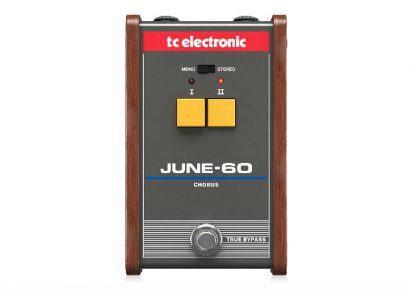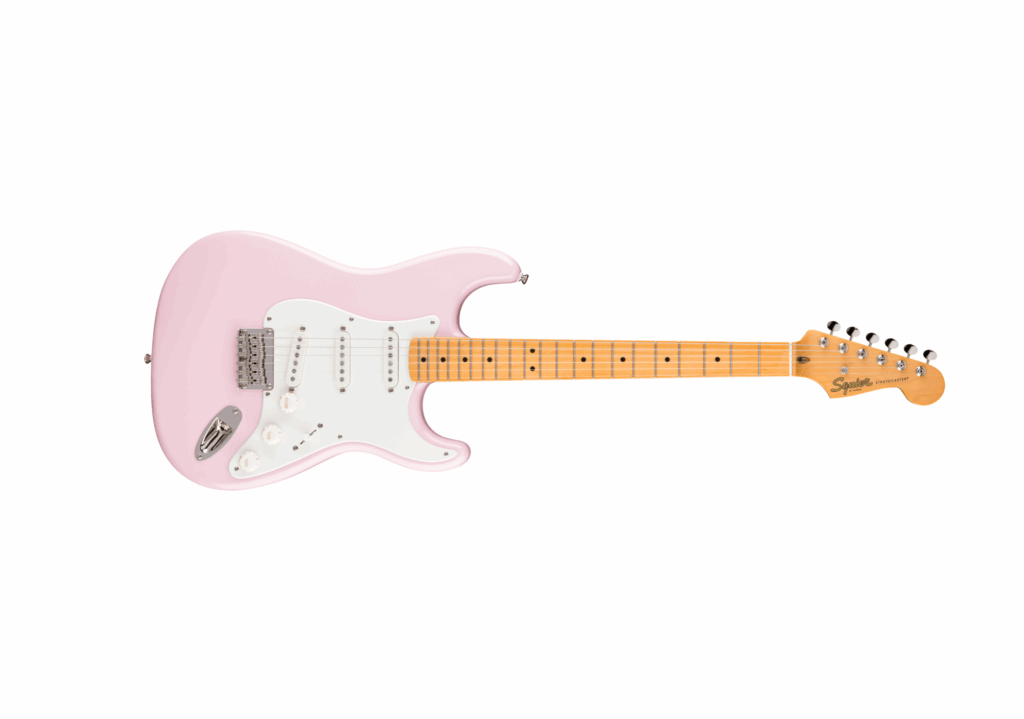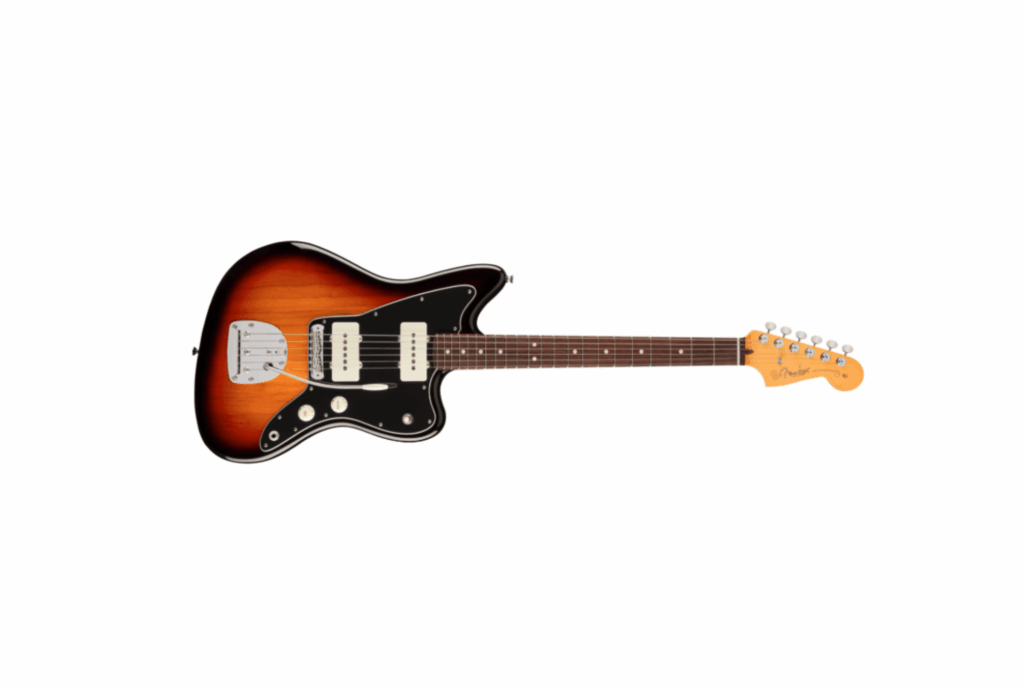Like all of its TC Electronic counterparts, the Brainwaves Pitch Shifter is solidly built. The controls onboard consist of an FX selector, a wet/dry mix control, and two knobs that separately govern each voicing. A pair of metal toggles switches allow the user to select which direction the steps are shifted: up or down. Pop the back cover off, and you even have dipswitch options for switching between true/buffered bypass and kill-dry activation. Furthermore, the Brainwaves allows both mono/stereo input and output, making it an incredibly versatile option in any player’s rig.
This pedal’s core functionality allows dual voiced pitch shifting in a variety of steps, which can be operated independently if desired. These steps range from unison, two semitones, to an impressive two octaves. Apart from clear-cut pitch shifting, the Brainwaves dips its toes into a variety of other sound-splicing categories: detune, wham(my), a switchable voice one/voice two mode, and three modifiable custom TonePrints. Different parameters of each mode can then be further altered with the pedal’s innovative MASH pressure-sensitive footswitch, which lights up a dynamic LED depending on how much force is applied.
Detune (or chorus) is the most familiar out of the selections. The effect simply alters the incoming pitch by a few cents, adding a pseudo double tracked sound to your instrument. Lush, haunting notes and ghostly lines are easily attained simply by adding a splash of reverb and/or delay.
The MASH footswitch couples superbly with the wham setting. Notes gradually bend to your pitch selection relative to the pressure you place on the footswitch. The ceiling for creativity is infinitely high here – especially when setting one voice to shift upwards, and the other down. Dextrous footwork is absolutely required when operating the MASH footswitch, but it’s difficult to protest when the learning process is so incredibly entertaining.
The interchangeable voice one/voice two and pitch shifter modes are fairly self-explanatory. After setting voice one and two, depressing the MASH footswitch allows players to instantly swap between the two selections – super handy if the voices are set to different octaves entirely.
Last but not least is the pitch shifter mode. What impressed me the most about the Brainwaves was its note-tracking. TC Electronic are to be commended for their studio-quality algorithms, resulting in effortless pitch shifting with incredible tonal accuracy. A large number of pitch shifters tend to stumble or muddy up when playing chords or adding gain, but the Brainwaves handled whatever situation I threw at it admirably. While some garble was understandably produced on the +/- 2 octave extremities, the note transpositions for the remaining step options were absolutely phenomenal.
As with most of TC Electronic’s latest pedals, the included micro USB cable allows you to connect the Brainwaves to your computer to set up custom TonePrints. Using the free TonePrint app, users are able to push famous players’ custom parameters to their pedal, or even design their own from scratch. Can’t be bothered connecting to a computer? No worries; download the app on your smartphone, select a custom TonePrint, then – and I kid you not – you can beam it through your guitar’s pickups via phone speaker to one of the three available slots on the Brainwaves. Is it magic, science, or sheer innovation? I’m leaning towards magic.
With the Brainwaves, you’re getting a gobsmacking amount of versatility in a cute little pink footprint. It’s ludicrously easy to lose yourself in the process of tweaking this pedal’s controls, let alone designing your own TonePrint. Add a looper into the mix and you’re in for endless hours of entertainment.







